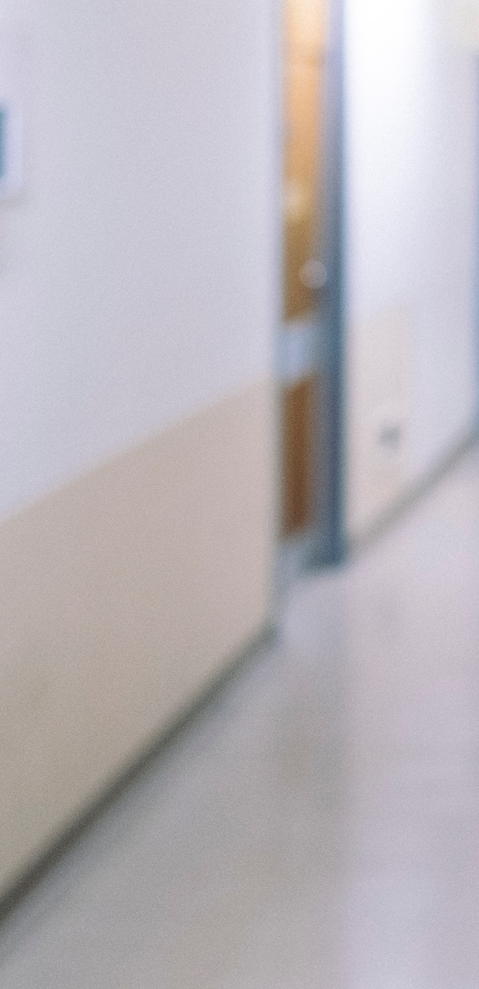
Audit & quality improvement
There is no single definition of quality improvement within healthcare. In general, the term ‘quality improvement’ refers to the systematic use of methods and tools to try to continuously improve quality of care and outcomes for patients.
Search our audit templates
In this section
Producing & submitting audit templates
Producing an audit template facilitates audit at a local level by providing appropriate methodology and suggestions for change.
The role of audit leads
The purpose of the audit lead role is to act as a liaison between the College and the clinical radiology department or cancer centre, in order to promote and encourage members’ and Fellows’ participation in local and national audits.
Audit & QI publications
Links to audit & QI publications released over the past several years.
Current & forthcoming audit projects
Audit is a tool for directly improving healthcare outcomes and ensuring patient care is provided in line with best practice standards.
ePoster competitions
Details of previous winners of ePoster competitions for clinical oncology and clinical radiology.
What are the benefits for members and fellows?
- Fellows and members can choose to undertake local re-audits after participating in a national project, with one CPD credit awarded for each hour taken to complete an audit. An additional credit can also be claimed for completing a reflective learning record and a further credit for completing an impact record. Note, within each radiology department, there is usually an Audit Lead who liaises with the RCR.
- Abstracts of audit and QI ePosters that are accepted for display at Learning Live are published in Clinical Radiology, with first and second prize awarded cheques. Lead authors of ePosters gain three CPD credits, and co-authors one.
- A collection of audit templates, with downloadable data collection forms for local use. It provides ideas and methodologies for those undertaking audits for revalidation or planning the annual forward programme.
Additional resources
Guide for Clinical Audit Leads
This guide is intended to support healthcare professionals who are responsible for leading clinical audit or quality management systems in healthcare organisations.
Supporting Information for Appraisal and Revalidation
A framework for colleges and faculties to adapt for their own specialties.
Developing a Clinical Audit Programme
A publication to support healthcare providers in developing their clinical audit programme, with tools for ongoing management and annual review.
Audit for radiology trainees
To ensure that audit can be made more practical and relevant for trainees.
Quality Improvement – Training for Better Outcomes
The Academy of Medical Royal Colleges has drawn together a wide range of stakeholders, to align efforts to implement quality improvement training as a core competence in practice
Outputs from the RCR
Both the Clinical Radiology Audit and Quality Improvement Committee (CRAQIC) and Clinical Oncology Quality Improvement and Audit Committee (COQIAC):
- Highlight to stakeholders the contribution the specialty makes to safe, evidence-based and cost-effective patient care.
- Contribute to the debate on the future of healthcare through RCR audit and QI publications in peer-reviewed journals for clinical oncology and clinical radiology.
- Support Fellows and members to deliver the best care for patients with Audit Library.
- Collaborate with guideline review working parties and contributes to the guideline consultation process, including production of audit templates for all guidelines.
- Support our doctors to meet the challenges of practice by sharing ideas through RCR Learning content and the audit and QI ePoster competition at Learning Live.
- Promote QSI in all departments and works with agencies including NELA, GIRFT and ESR/QuADRANT
Career development
Our expert advice will guide you through all stages of your career, from choosing the right specialty, to offering support through professional networks.
